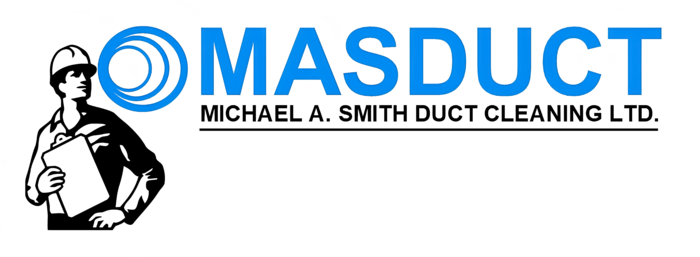How to Tell If Your Commercial Kitchen Exhaust Cleaning Was Done Properly
Are you a restaurant owner or manager in Vancouver? If yes, it is highly essential to understand the need for clean kitchen hoods. Running a commercial kitchen comes with many responsibilities, and one of the most important is ensuring your kitchen exhaust system is cleaned properly. A poorly cleaned exhaust can lead to lingering odors, reduced efficiency, and—most critically—serious fire hazards caused by built-up grease.
But here’s the challenge: much of the system, from the interior of the hood to the ductwork and exhaust fan, is hidden from plain sight. That makes it difficult for restaurant owners or managers to know if the job was really done to standard.
So, how do you make sure your kitchen exhaust cleaning has been completed properly? Here are the key things to check.
1. Look for Before-and-After Photos or Videos
A reliable kitchen exhaust cleaning company will provide visual proof of their work. Photos or videos of the hood interior, ductwork, and exhaust fan—taken both before and after cleaning—are the easiest way to confirm whether the system has been fully cleaned.
Make sure the images show hard-to-reach areas, not just the visible surfaces. This helps ensure the service was performed according to NFPA 96 standards, which set the fire safety requirements for commercial kitchens.
2. Ask About Custom Cleaning Schedules
Every kitchen is different. A high-volume commercial kitchen that runs 16 hours a day will need cleaning much more often than a small café.
Your service provider should inspect your system and recommend a cleaning frequency that matches your cooking volume. In general:
-
Monthly: For kitchens with solid fuel cooking or high-volume frying
-
Quarterly: For full-service restaurants with heavy usage
-
Semi-Annually: For moderate-use kitchens
-
Annually: For low-volume kitchens, like seasonal or occasional-use facilities
If your cleaning company is offering a one-size-fits-all approach, that’s a red flag.
3. Verify Proper Documentation and Certification
A professional cleaning company should provide detailed service reports and certificates of completion. These documents serve multiple purposes:
-
Proof for insurance providers in case of claims
-
Records for fire marshals and health inspectors
-
Evidence for your own peace of mind that the work was done correctly
Without proper documentation, you may run into compliance issues down the line—even if the cleaning was technically performed.
4. Inspect the Work Yourself (When Possible)
Even if much of the system is hidden, there are still parts you can check. Open the kitchen hood and look inside—does it look shiny and free of grease? Check the surrounding walls and ceiling area for any missed spots.
If you notice a lingering greasy smell, smoke not venting properly, or residue left behind, the cleaning may not have been thorough.
5. Confirm the Company’s Certifications
Professional kitchen exhaust cleaning technicians should be properly certified. In British Columbia, for example, MAS Duct Cleaning Services’ technicians are ASTTBC certified, which ensures they follow strict cleaning and safety standards. Certification is your guarantee that the work is being done by trained professionals, not just general cleaners.
Conclusion: Don’t Leave Safety to Chance
A properly cleaned kitchen exhaust system protects your staff, your property, and your customers from the dangers of grease fires. The easiest way to check if the job was done right is to:
-
Ask for photos and videos
-
Review your customized cleaning schedule
-
Verify documentation and certificates
-
Inspect what you can yourself
-
Confirm the company’s certifications
Kitchen safety is too important to take lightly. By choosing a qualified, certified cleaning provider, you ensure your kitchen stays safe, efficient, and fully compliant with fire safety regulations.

